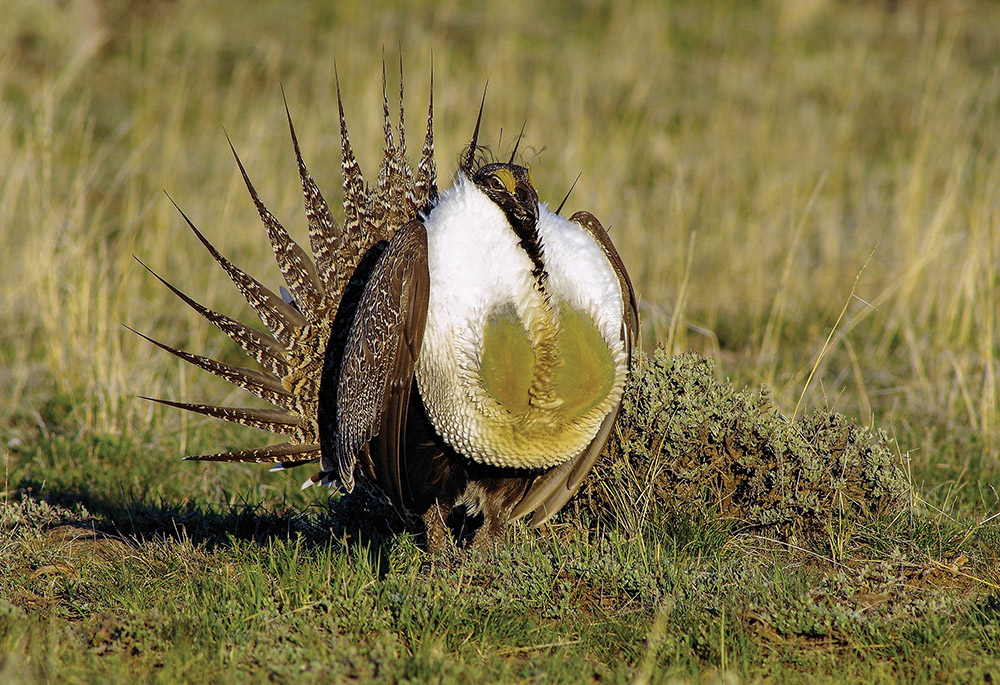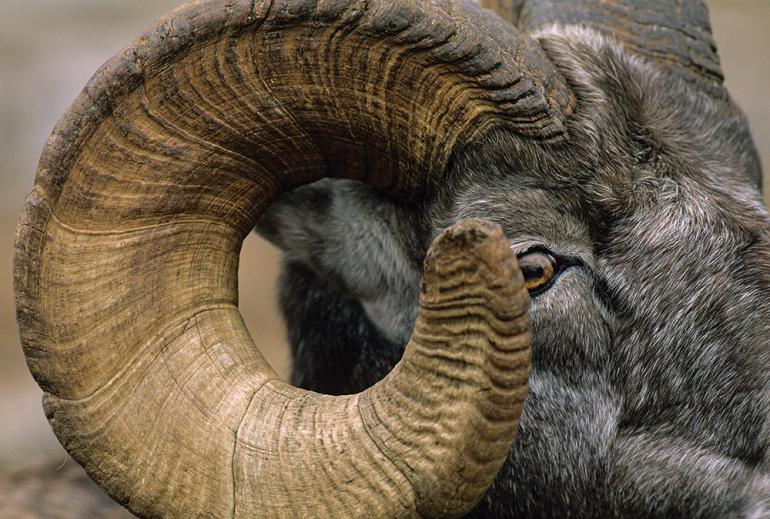What's in a Name?
A call for protection of species in the Custer-Gallatin.
The Greater Yellowstone Ecosystem (GYE) is one of the last remaining large, nearly intact ecosystems of north temperate zones on our planet. Because of the GYE’s vastness, we are blessed with a wide range of biological diversity. As stated on page 52 in Chapter Two of the Custer-Gallatin National Forest (CGNF) 2020 management plan,“Such diversity and associated complexity provide conditions for a vast array of wildlife species and guilds, with over 600 species of mammals, birds, reptiles, and invertebrates recorded in the Custer-Gallatin, according to the Montana Natural Heritage Program in 2018.”
But not all this diversity is safe from harm, or even from extinction. The flora and fauna calling the GYE home are susceptible to both natural and anthropogenic threats, and the need for many of them to be granted formal protections is growing. Unfortunately, the opposite seems to be happening.
Case in point: prior to a policy change mandated by the Forest Service’s 2012 Planning Rule, 35 species of aquatic and terrestrial wildlife were listed as “Sensitive Species” in the CGNF. But this new rule changed both the title and criteria for listing species, leaving only four as “Species of Conservation Concern”: the western pearlshell (a freshwater mussel), greater sage grouse, westslope cutthroat trout, and the white-tailed prairie dog. As for the remaining 31, now unlisted, it’s improbable that threats to their existence have decreased since they were last classified as Sensitive. More likely, conditions have worsened—so why aren’t they included as Species of Conservation Concern?

Part of the problem is that the new rule precludes federally threatened and endangered species, as well as those proposed for listing, from being designated as Species of Conservation Concern in the CGNF. The lack of doubling attention to species in trouble only diminishes our commitment to recovery. Beyond this, many other once-listed species are left without recognition of their imperiled status.
Bighorn sheep exemplify this condition. Formerly listed as Sensitive, they are habitat specialists requiring a co-occurrence of specific topography and vegetation, conditions not found just anywhere. Ideally, a herd has six or more seasonal ranges connected with habitat-suitable migration corridors. Historically, many herds occupied ranges that extend well beyond today’s national forests. But habitat conditions have since deteriorated, and many of these areas contain domestic sheep, a source of deadly infections for bighorns, should they commingle. Compensatory habitat re-creation within forests is necessary to redevelop and maintain populations that are genetically and demographically secure. Designating bighorns as a Species of Conservation Concern would undoubtedly support this activity.
The declining population of bighorn sheep is a long and sad story in America’s natural heritage. But sadly that species is not alone. Moose, bison, wolverine, lynx, and fox should also be granted Species of Conservation Concern. If a full scientific analysis were done on other species, there would most likely be other listings that meet the criteria.
We should not be lulled into a sense of complacency. The relatively few species listed (especially those for mammalian, reptilian, or avian) are not a true representation of population health for wildlife in the CGNF. There are many more animals in need of special management and protection, and the science is there to support it. Now is the time to adjust the CGNF management plan—to list those many of those formerly Sensitive species as Species of Conservation Concern. Their existence depends on it.
Clint Nagel is the current president of the Gallatin Wildlife Association, which, since 1976, has been a voice for the wildlife and fisheries of southwest Montana.











